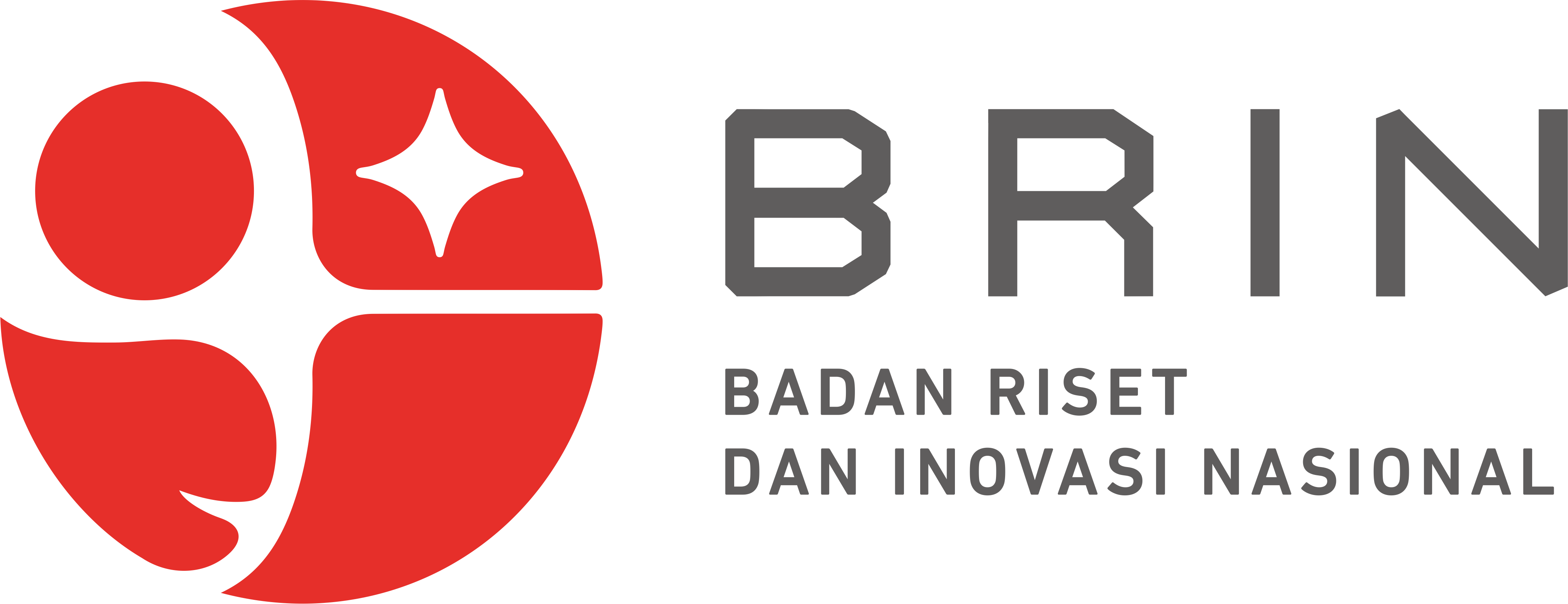AKSARA JAWI DAN NARASI SOSIAL : MENELUSURI BAHASA DALAM BUDAYA MELAYU
Keywords:
JAWI Script, SOCIAL NARRATIVE, LANGUAGE, MALAY CULTUREAbstract
This paper explores the role of the Jawi script as a cultural heritage that functions not only as a writing system but also as a medium of social narrative within the Malay community. The study adopts a qualitative approach, incorporating both sociolinguistic and historical methods to trace the development of the Jawi script, its functions in social life, and efforts to preserve it within the context of Malay culture. The findings reveal that Jawi played a crucial role in the dissemination of knowledge, the construction of identity, and the preservation of Islamic values in the Nusantara region. The social narratives embedded in Jawi texts reflect the thoughts, values, and societal structures of traditional Malay society. Jawi script served not only as a tool for communication but also as a medium for conveying religious knowledge, customs, and political discourse in the past. It shaped and sustained the community's understanding of its own identity, making it a key component in the formation of the collective Malay-Islamic discourse. However, the forces of modernization, changes in the education system, and the dominance of the Romanized (Rumi) script have led to a significant decline in Jawi usage, especially among the younger generation. Therefore, ongoing and future efforts—particularly in education, digitization, and cultural promotion—are essential to ensure the continued relevance and survival of the Jawi script as a vital element of Malay identity that deserves to be preserved and strengthened over time.
Downloads
References
Alwee, Che Shukri Che. (2005). Bahasa Melayu Klasik dan Naskhah Lama. Kuala Lumpur: Dewan Bahasa dan Pustaka.
Asmah Haji Omar. (1992). Bahasa dan Masyarakat. Kuala Lumpur: Dewan Bahasa dan Pustaka.
Azahari, Idris. (2004). Bahasa Arab dan Perkembangannya. Jakarta: Lembaga Studi Islam dan Bahasa Arab.
Dahlan, Abdul. (2013). Sejarah Masuknya Islam ke Nusantara. Jakarta: Lentera Ilmu.
Efendi, Ahmad. (2014). “Peranan Ulama dalam Pengembangan Budaya Tulis Islam di Nusantara”. Jurnal Warisan Islam, 6(2).
Holmes, Janet. (2013). An Introduction to Sociolinguistics (4th ed.). London: Routledge.
Mohd. Kalam Daud. (2017). Kaedah Penulisan Arab-Melayu (Jawi). Kota Bharu: Pustaka Aman Press.
Omar, Asmah Haji. (2003). Nahu Melayu Mutakhir. Kuala Lumpur: Dewan Bahasa dan Pustaka.
Roza, Nani. (2017). “Bahasa Melayu sebagai Lingua Franca dalam Konteks Sejarah Asia Tenggara”. Jurnal Bahasa dan Budaya, 4(3)
Seok, Ooi Keat. (2005). “The Terengganu Inscription Stone: A Source of Early Jawi Writing”. Jurnal Sejarah dan Budaya Melayu, 10(1)
Suryaningsih, M. (2016). “Pengaruh Islam terhadap Tradisi Tulis Melayu”. Jurnal Ilmu Sosial dan Humaniora, 5(3)
Teuku Iskandar. (1995). Kesusasteraan Klasik Melayu Sepanjang Abad. Kuala Lumpur: Dewan Bahasa dan Pustaka.
Wahyuni, Siti. (2017). “Bahasa Arab sebagai Bahasa Wahyu dan Peradaban”. Jurnal Ulumul Qur’an, 11(1)
Yakin, M. (2015). Perkembangan Islam di Nusantara: Kajian Historis. Jakarta: Pustaka Al-Kautsar.







